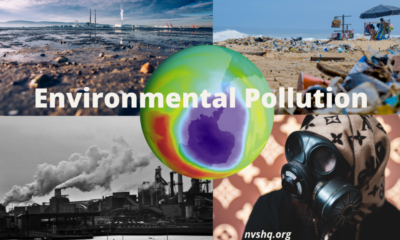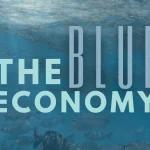By Dr. Kariuki Muigua, PhD (Leading Environmental Law Scholar, Policy Advisor, Natural Resources Lawyer and Dispute Resolution Expert from Kenya), Winner of Kenya’s ADR Practitioner of the Year 2021, ADR Publication of the Year 2021 and CIArb (Kenya) Lifetime Achievement Award 2021*
The term “indigenous knowledge” may generally refer to how members of a community perceive and understand their environment and resources, particularly the way they convert those resources through labour. Indigenous groups offer alternative knowledge and perspectives based on their own locally developed practices of resource use. In general, all traditional knowledge and resources are considered to be collective heritage of a community or ethnic group, even if the accumulation of knowledge is individual, because they are ancestral heritage, and are believed to come from God. Thus, Indigenous knowledge is the local knowledge that is unique to a culture or society. Indigenous knowledge is seen as the social capital of the poor since it is their main asset to invest in the struggle for survival, to produce food, to provide for shelter and to achieve control of their own lives. The Sustainable Development Goals (SDGs) has several goals that seek to incorporate the knowledge vested in indigenous people in order to achieve its main agenda.
Indigenous Knowledge is acknowledged by many to be a potent tool for promoting inclusive growth and development. However, most developing countries like Kenya have had a history of environmental injustice, where the colonialists used the law to appropriate all land and land-based resources from Africans and to vest them in the colonial masters. In addition, the law gave the colonial authorities powers to appropriate land held by indigenous people and allocate it to the settlers. The colonial authorities were, therefore, able to grant land rights to settlers in the highlands, while Africans were being driven and restricted to the native reserves. In the natives’ reserves, there was overcrowding, soil erosion, and poor sanitation, amongst many other problems.
The loss of control rights over natural resources also affected other resources including forests and water. The focus of forests management in reserved forests was production and protection and included collection of revenues, supervisory permits and licences, protection against illegal entry and use, reforestation and afforestation, research and extension. Further, outside reserved forests, the focus by the government authorities was regulation and control of forest resources utilization through legislation without considering the interests of the local communities or the existing traditional management systems. Thus, the colonial government effectively transferred the management of forests from the local communities to the government through exclusionist and protectionist legal frameworks, a move that was inherited by the independent governments of Kenya.
It was only in the 1990s that there emerged a paradigm shift towards community-based forests management, although this was done with minimal commitment from the stakeholders. Arguably, this has been with little success due to the bureaucracy involved in requiring communities to apply for complicated licences and permits in order to participate in the same. Similarly, in relation to water resources, legal frameworks were enacted chief among which, was the Water Ordinance of 1929, vesting water resources on the Crown. This denied local communities the universal water rights that they had enjoyed in the pre-colonial period.
It is noteworthy, that the problem of environmental injustice in Kenya has in fact continued into independent Kenya and often with ugly results, as has been documented in various Government reports. Environmental injustice continues to manifest itself in modern times. The recent conflicts such as those in Lamu County and in the pastoral counties are largely attributable to environmental injustices inflicted over the years. In some area, there are feelings that land and other land-based resources were taken away from local communities, creating a feeling of disinheritance. In other areas, there are conflicts over access to resources such as forests among forest communities for livelihood, while in others conflicts emerge due to competition over scarce natural resources and competing land uses.
Economically, forests provide timber which is an important source of revenue and a major foreign exchange earner. Forests also serve as habitats and a source of livelihoods for indigenous peoples and forest dwellers. The Africa Forest Law Enforcement and Governance (AFLEG) Ministerial Declaration of 2003 recognized the role of forests in its preamble noting that Africa’s forest eco-systems are essential for the livelihoods of the African people; especially the poor and that forests play important social, economic and environmental functions. Notably, while the laws acknowledge the existence of indigenous forests, the command and control approach to natural resource management and the associated sustainability and conservation measures do not differentiate indigenous forests from other types of forests in reality.
All indigenous forests and woodlands are to be managed on a sustainable basis for purposes of water, soil and biodiversity conservation; riverine and shoreline protection; cultural use and heritage; recreation and tourism; sustainable production of wood and non-wood products; carbon sequestration and other environmental services; education and research purposes; and as habitats for wildlife in terrestrial forests and fisheries in mangrove forests. As a result, the law requires the Kenya Forest Service to consult with the forest conservation committee for the area where the indigenous forest is situated in preparing a forest management plan.
Further, the Forests Board may enter into a joint management agreement for the management of any state indigenous forest or part thereof with any person, institution, government agency or forest association. While such arrangements are important in promoting environmental justice since communities get to participate in management of indigenous forests, there is little evidence of active involvement of these communities. If anything, they have been suffering eviction from the indigenous forests. It has been argued that many, if not all of the planet’s environmental problems and certainly its entire social and economic problems, have cultural activity and decisions – people and human actions – at their roots.
As such, solutions are likely to be also culturally-based, and the existing models of sustainable development forged from economic or environmental concern are unlikely to be successful without cultural considerations. Culture in this context, has been defined as: the general process of intellectual, spiritual or aesthetic development; culture as a particular way of life, whether of people, period or group; and culture as works and intellectual artistic activity. The generation, adaptation and use of indigenous knowledge are greatly influenced by the culture. It has rightly been observed that despite the indigenous populations having suffered from invasion and oppression, and oftentimes they have seen their knowledge eclipsed by western knowledge, imposed on them through western institutions, indigenous populations have managed to survive for centuries adapting in many different ways to adverse climate conditions and managing to create sustainable livelihood systems.
Indeed, their diverse forms of knowledge, deeply rooted in their relationships with the environment as well as in cultural cohesion, have allowed many of these communities to maintain a sustainable use and management of natural resources, to protect their environment and to enhance their resilience; their ability to observe, adapt and mitigate has helped many indigenous communities face new and complex circumstances that have often severely impacted their way of living and their territories. It is therefore worth including indigenous knowledge and culture in any plans, programmes and policies aimed at realization of sustainable development agenda.
*This is article is an extract from an article by Dr. Kariuki Muigua, PhD, Kenya’s ADR Practitioner of the Year 2021 (Nairobi Legal Awards), ADR Publisher of the Year 2021 and Lifetime Achievement Award 2021 (CIArb Kenya): Muigua, K., Revisiting the Place of Indigenous Knowledge in the Sustainable Development Agenda, Available at: http://kmco.co.ke/wp-content/uploads/2020/09/Revisiting-the-Place-of-Indigenous-Knowledge-in-the-Sustainable-Development-Agenda-Kariuki-Muigua-September-2020.pdf. Dr. Kariuki Muigua is Kenya’s foremost Environmental Law and Natural Resources Lawyer and Scholar, Sustainable Development Advocate and Conflict Management Expert. Dr. Kariuki Muigua is a Senior Lecturer of Environmental Law and Dispute resolution at the University of Nairobi School of Law and The Center for Advanced Studies in Environmental Law and Policy (CASELAP). He has published numerous books and articles on Environmental Law, Environmental Justice Conflict Management, Alternative Dispute Resolution and Sustainable Development. Dr. Muigua is also a Chartered Arbitrator, an Accredited Mediator, the Africa Trustee of the Chartered Institute of Arbitrators and the Managing Partner of Kariuki Muigua & Co. Advocates. Dr. Muigua is recognized as one of the leading lawyers and dispute resolution experts by the Chambers Global Guide 2021.
References
Africa Forest Law Enforcement and Governance (AFLEG), Ministerial Conference 13-16 October, 2003; Ministerial Declaration, Yaoundé, Cameroon, October 16, 2003.
Amnesty Kenya, ‘Kenya: Indigenous Peoples Targeted as Forced Evictions Continue despite Government Promises’ https://www.amnesty.org/en/latest/news/2018/08/kenya-indigenous-peoples-targeted-as-forced-evictions-continue-despite-government-promises/ (accessed 16 July 2020).
Berger, R., ‘Conflict over Natural Resources among Pastoralists in Northern Kenya: A Look at Recent Initiatives in Conflict Resolution’ (2003) 15 Journal of International Development 245.
Berkes, F., et. al., ‘Rediscovery of Traditional Ecological Knowledge as Adaptive Management,’ Ecological Applications, Vol. 10, No. 5., October 2000, pp. 1251-1262.
Breidlid, A., ‘Culture, Indigenous Knowledge Systems and Sustainable Development: A Critical View of Education in an African Context’ (2009) 29 International Journal of Educational Development 140.
Castro, A.P. & Ettenger, K., ‘Indigenous Knowledge and Conflict Management: Exploring Local Perspectives and Mechanisms For Dealing With Community Forestry Disputes,’ Paper Prepared for the United Nations Food and Agriculture Organization, Community Forestry Unit, for the Global Electronic Conference on “Addressing Natural Resource Conflicts Through Community Forestry,” (FAO, January-April 1996). Available at http://www.fao.org/docrep/005/ac696e/ac696e09.htm [Accessed on 14/7/2020].
Dessein, J. et al (ed), ‘Culture in, for and as Sustainable Development: Conclusions from the COST Action IS1007 Investigating Cultural Sustainability,’ (University of Jyväskylä, Finland, 2015), p. 14. Available at http://www.culturalsustainability.eu/conclusions.pdf [Accessed on 17/7/2020].
Emerton, L., ‘Mount Kenya: The Economics of Community Conservation,’ Evaluating Eden Series, Discussion Paper No.4, p. 6.
Forest Conservation and Management Act, No. 34 of 2016, Laws of Kenya.
Giorgia Magni, ‘Indigenous Knowledge and Implications for the Sustainable Development Agenda.’ (2017) 52 European Journal of Education 437, p.3, Available at: https://unesdoc.unesco.org/ark:/48223/ pf0000245623> Accessed 17 July 2020.
Human Rights Watch, “They Just Want to Silence Us” (17 December 2018) https://www.hrw.org/report/2018/12/17/they-just-want-silence-us/abuses-against-environmental-activists-kenyas-coast (Accessed 17 July 2020).
Isaka Wainaina and Anor v Murito wa Indagara and others, [1922-23] 9 E.A.L.R. 102.
FAO, ‘FAO Working Paper 1’ https://www.fao.org/3/X2102E/X2102E01.htm (accessed 17 July 2020).
Kigenyi, et al, ‘Practice Before Policy: An Analysis of Policy and Institutional Changes Enabling Community Involvement in Forest Management in Eastern and Southern Africa,’ Issue 10 of Forest and social perspectives in conservation, (IUCN, 2002), p. 9.
Klopp, J.M. and Sang, J.K., ‘Maps, Power, and the Destruction of the Mau Forest in Kenya’ (2011) 12 Georgetown Journal of International Affairs 125;
Kriegler and Waki Reports on 2007 Elections, 2009, (Government Printer, Nairobi).
Mogaka, H., ‘Economic Aspects of Community Involvement in Sustainable Forest Management in Eastern and Southern Africa,’ Issue 8 of Forest and social perspectives in conservation, IUCN, 2001. p.74.
Ogendo, HWO, Tenants of the Crown: Evolution of Agrarian Law & Institutions in Kenya, (ACTS Press, Nairobi, 1991), p.54.
Relief Web, ‘Families Torn Apart: Forced Eviction of Indigenous People in Embobut Forest, Kenya – Kenya’ (ReliefWeb) https://reliefweb.int/report/kenya/families-torn-apart-forced-eviction-indigenous-people-embobut-forest-kenya-0 (accessed 16 July 2020).
Report of the Judicial Commission Appointed to Inquire into Tribal Clashes in Kenya, July 31, 1999 (Akiwumi Report, p. 59).
Swiderska, K., et. al., ‘Protecting Community Rights over Traditional Knowledge: Implications of Customary Laws and Practices,’ Interim Report (2005-2006), November 2006, p. 13. Available at http://pubs.iied.org/pdfs/G01253.pdf [Accessed on 14/7/2020].
SGJN Senanayake, ‘Indigenous Knowledge as a Key to Sustainable Development’ (2006) 2 Journal of Agricultural Sciences–Sri Lanka accessed 16 July 2020. 5 Ibid. 6 United Nations General Assembly, Transforming our world: the 2030 Agenda for Sustainable Development, Resolution adopted by the
Urmilla, B., and Salomé Bronkhorst, ‘Environmental Conflicts: Key Issues and Management Implications’ (2010) 10 African Journal on Conflict Resolution.
UNFF Memorandum, available at www.iucnael.org/en/…/doc…/849-unit-3-forest-gamebackgrounder.html. > accessed 16 July 2020.
UNEP, Global Environment Outlook 5: Environment for the future we want, (UNEP, 2012), pp.145-154.

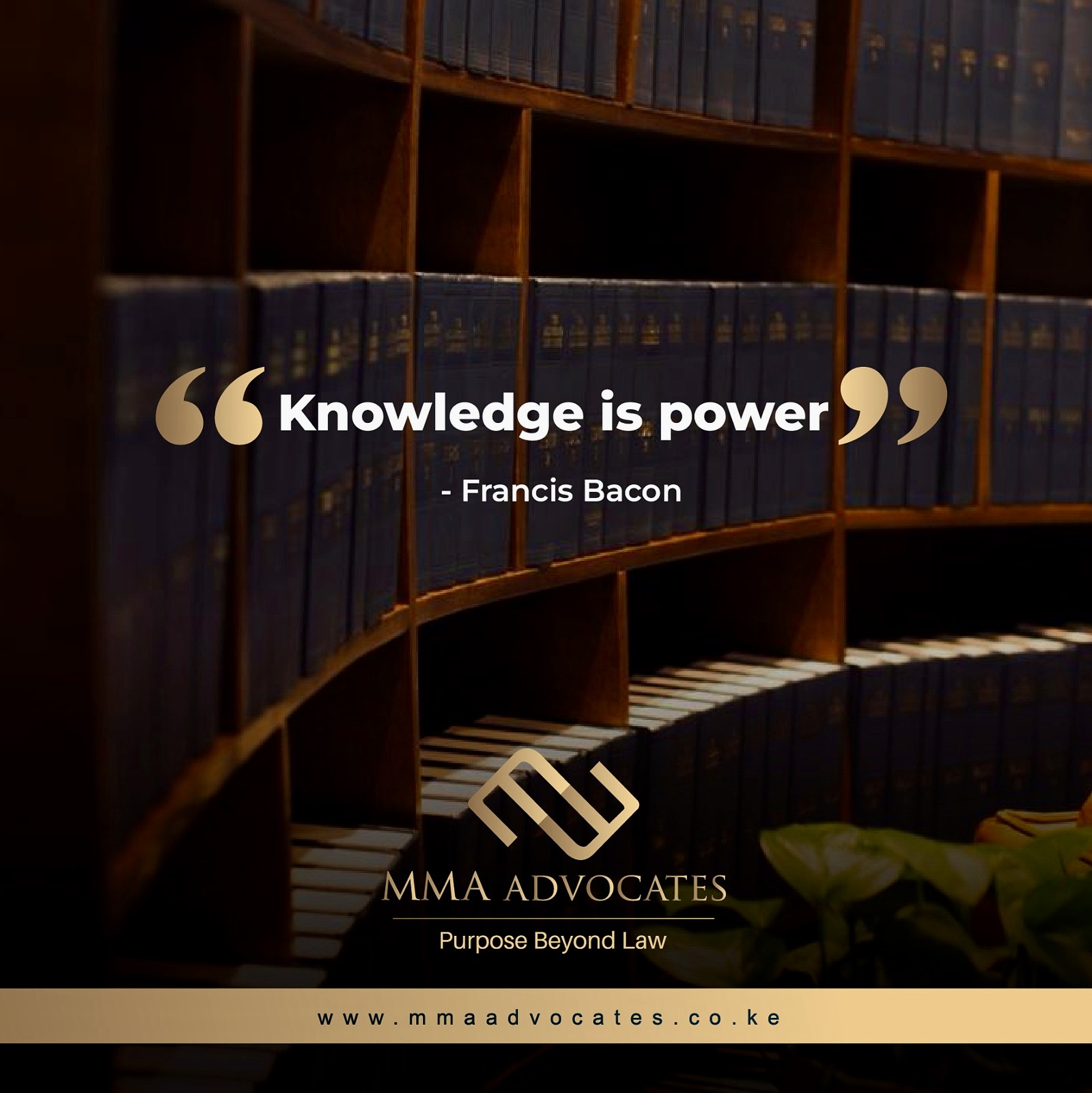



 Lawyers1 year ago
Lawyers1 year ago
 News & Analysis3 years ago
News & Analysis3 years ago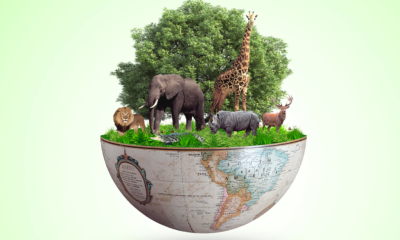
 News & Analysis3 years ago
News & Analysis3 years ago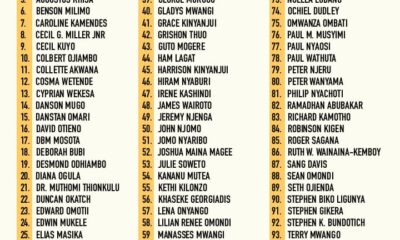
 Lawyers1 year ago
Lawyers1 year ago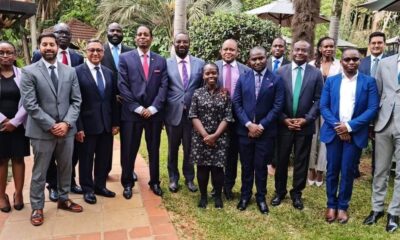
 News & Analysis2 years ago
News & Analysis2 years ago
 News & Analysis1 year ago
News & Analysis1 year ago
 News & Analysis3 years ago
News & Analysis3 years ago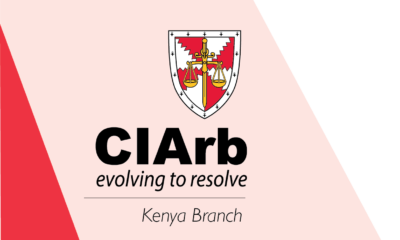
 News & Analysis1 year ago
News & Analysis1 year ago









